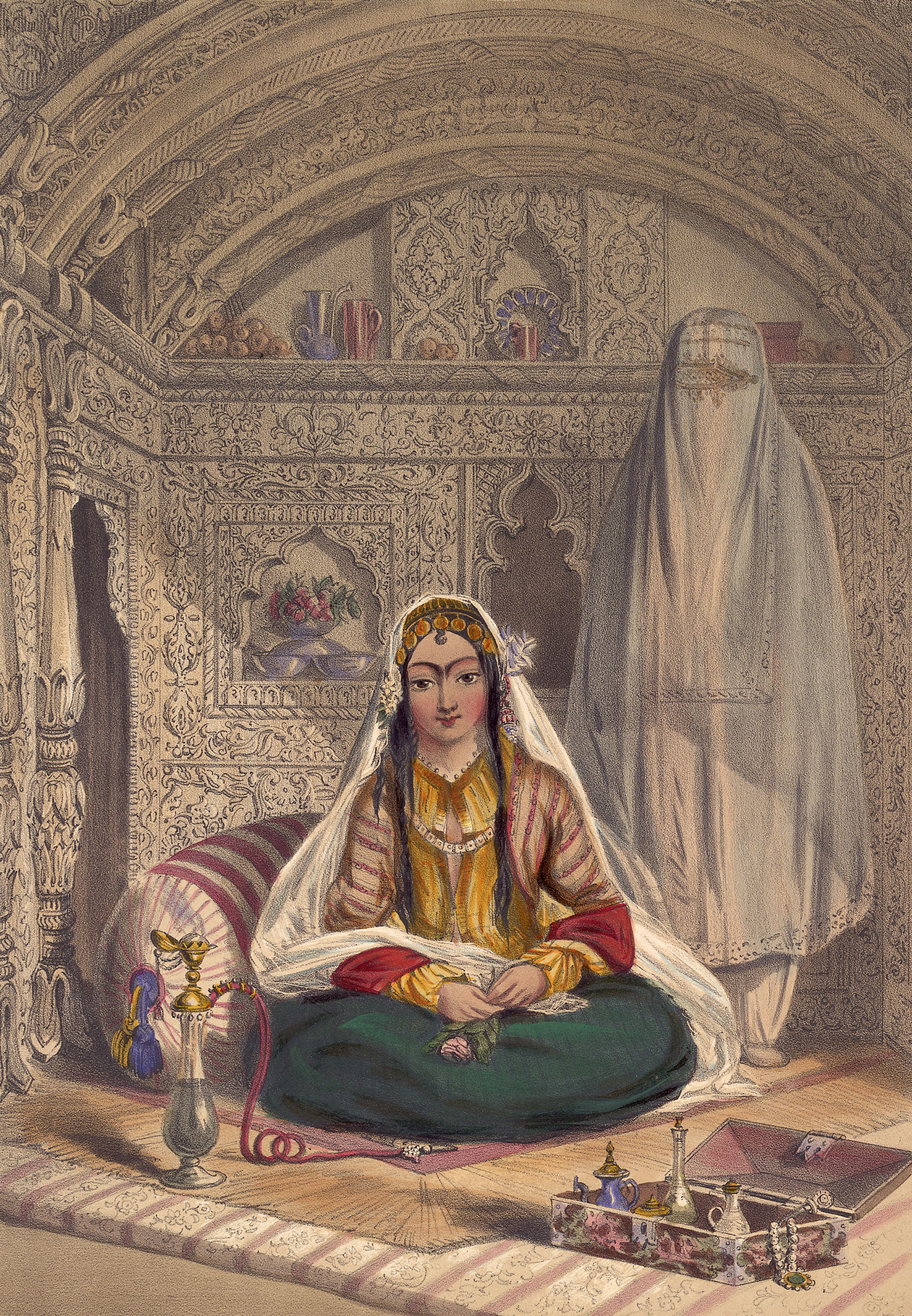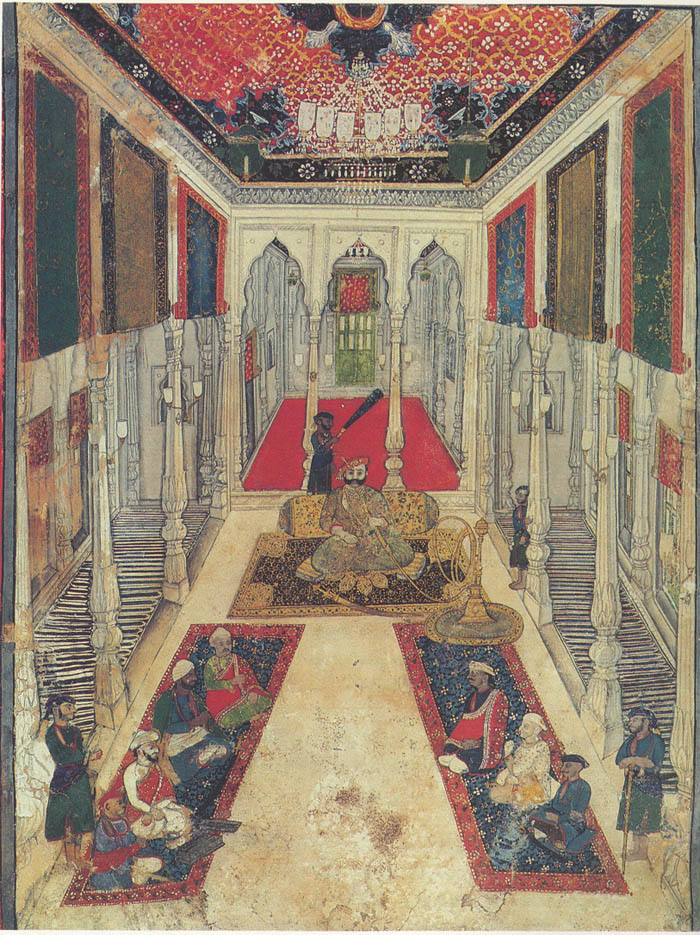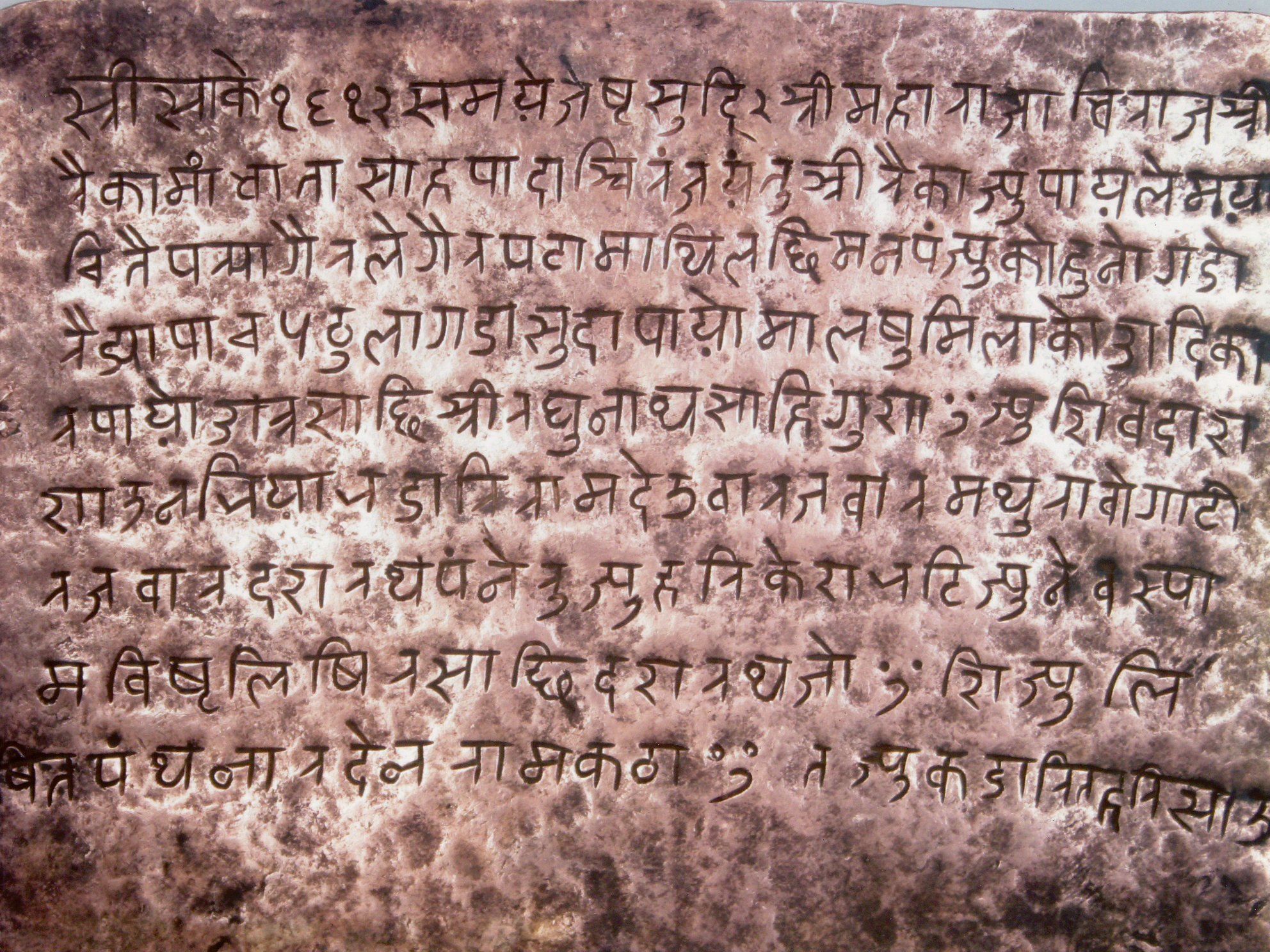|
Baz Bahadur Chand
Baz Bahadur Chand (Kumaoni language, Kumaoni: बाज़ बहादुर चंद; 1598 - 1680), born Baz Gusain (बाज़ गुसाईं), was the 50th Maharaja of the Chand kingdom, Chand Dynasty of Kingdom of Kumaon, Kumaon. He ascended to the throne in 1638 after the death of his adoptive father, the previous Maharaja Trimal Chand. Under his reign the Kingdom of Kumaon grew considerably in influence, territory, power and wealth. His rule lasted 40 years until he abdicated due to his age and declining physical and mental health. He died at the age of 82 in 1680. Maharaja Baz Bahadur Chand is considered to be one of the greatest kings of Kumaon. During his reign Kumaon reestablished authority over Terai, subjugated Doti, invaded Tibetan territory, successfully repelled Mughal Empire, Mughal aggression and undermined the Garhwal Kingdom, Kingdom of Garhwal. He introduced new court customs inspired by Muslim Durbar (court), durbars and further institutionalized the ... [...More Info...] [...Related Items...] OR: [Wikipedia] [Google] [Baidu] |
Baz Bahadur
Bayazid Baz Bahadur Khan was the last Sultan of the Malwa Sultanate, who reigned from 1555 to 1562. He succeeded his father, Shuja'at Khan. He is known for his romantic liaison with Roopmati. Baz Bahadur as sultan did not bother to look after his kingdom nor maintained a strong army, being devoted to the arts and to his paramour. He fell in love with the beautiful Hindu shepherdess called Roopmati and also built the Rewa Kund, a reservoir at Mandu, equipped with an aqueduct to the Narmada. The Mughals defeated him and captured his Hindu queen Roopmati, who killed herself at this turn of events. In 1561, Akbar's army led by Adham Khan and Pir Muhammad Khan attacked Malwa and defeated Baz Bahadur in the battle of Sarangpur on 29 March 1561. One of the reasons for Adham Khan's attack seems to be his lust for Rani Roopmati. Rani Roopmati poisoned herself upon hearing of the fall of Mandu. Baz Bahadur fled to Khandesh. Akbar soon recalled Adham Khan and handed over the ... [...More Info...] [...Related Items...] OR: [Wikipedia] [Google] [Baidu] |
Army Of The Mughal Empire
The army of the Mughal Empire was the force by which the Mughal emperors established their empire in the 16th century and expanded it to its greatest extent at the beginning of the 18th century. Although its origins, like the Mughals themselves, were in the cavalry-based armies of central Asia, its essential form and structure was established by the empire's third emperor, Akbar. The regular forces were mainly recruited and fielded by '' Mansabdar'' officers. During the 17th century, the Mughal empire possessed the largest military on earth, with its strength numbering 911,400-4,039,097 infantry and 342,696 cavalry. Alternatively, according to the census by Abul Fazl, the size of the army was roughly about 4.4 million, with less than half a million trained as cavalry; and modern India historians suggest there were 26 million personnel. The Mughals were considered a dominant military force in India, employing their superior engineering to military affairs and logistic mastery. ... [...More Info...] [...Related Items...] OR: [Wikipedia] [Google] [Baidu] |
Harem
A harem is a domestic space that is reserved for the women of the house in a Muslim family. A harem may house a man's wife or wives, their pre-pubescent male children, unmarried daughters, female domestic Domestic worker, servants, and other unmarried female relatives. In the past, during the history of slavery in the Muslim world, era of slavery in the Muslim world, harems also housed enslaved Concubinage in Islam, concubines. In former times, some harems were guarded by eunuchs who were allowed inside. The structure of the harem and the extent of monogamy or polygyny have varied depending on the family's personalities, socio-economic status, and local customs. Similar institutions have been common in other Mediterranean Basin, Mediterranean and Middle Eastern civilizations, especially among royal and upper-class families, and the term is sometimes used in other contexts. In traditional Persian residential architecture, the women's quarters were known as (), and in the Indian s ... [...More Info...] [...Related Items...] OR: [Wikipedia] [Google] [Baidu] |
Puppet Ruler
A puppet ruler is someone who holds a title of political authority, but is loyal to or controlled by outside persons or groups. When a foreign government wields such outside control, the puppet ruler's territory is referred to as a puppet state. Internal factors, such as non-elected officials, may also exert power over the puppet monarch. A figurehead monarch, as a source of legitimacy and perhaps divine reign, has been the used form of government in numerous circumstances and places throughout history. There are two basic forms of puppet monarchs: a figurehead monarch who is a puppet of another person or a group in the country who rules instead of the nominal ruler; and a puppet government under a foreign power. Examples of the first type are the Emperors who were the puppets of the shōguns of Japan and the kings who were the puppets of the Mayor of Palace in the Frankish kingdom. Client kingdoms under the Roman Republic and Roman Empire and the British Empire's colonial r ... [...More Info...] [...Related Items...] OR: [Wikipedia] [Google] [Baidu] |
Golden Age
The term Golden Age comes from Greek mythology, particularly the ''Works and Days'' of Hesiod, and is part of the description of temporal decline of the state of peoples through five Ages of Man, Ages, Gold being the first and the one during which the Golden Race of humanity ( ''chrýseon génos'') lived. After the end of the first age was the Silver age, Silver, then the Bronze Age (mythology), Bronze, after this the Greek Heroic Age, Heroic age, with the fifth and current age being Iron Age (mythology), Iron. By extension, "Golden Age" denotes a period of primordial peace, harmony, ecological stability, stability, and prosperity. During this age, peace and harmony prevailed in that people did not have to work to feed themselves for the earth provided food in abundance. They lived to a very old age with a youthful appearance, eventually dying peacefully, with spirits living on as "guardians". Plato in ''Cratylus (dialogue), Cratylus'' (397 e) recounts the golden race of humans ... [...More Info...] [...Related Items...] OR: [Wikipedia] [Google] [Baidu] |
Katyuri Dynasty
The Katyuri kingdom also known as Katyuri dynasty was a medieval ruling kingdom that ruled over the regions in Uttarakhand in India and western Nepal from 500 to 1200 CE. or 700 to 1200 CE. The founder of this dynasty, King Vasu Dev was originally a Buddhist ruler, but later he started following Hindu practices sometimes attributed to a vigorous campaign of Hindu philosopher Adi Shankara (788–820 CE). King Bhu Dev was known for extensively eradicating Buddhist practices in his kingdom and the Bageshwar stone inscription of Bhu Dev writes himself as "Brahmana Parayana" and "Parama Shramana Rupu" meaning a follower of Brahmans and an arch rival of Buddhist Bhikshus. The Katyuri Kings were known for constructing several Hindu temples in present-day Uttarakhand as later they followed Brahminical practices. After fragmentation and disestablishment of the Katyuri kingdoms, their offshoots rose as Askot Katyuri Pal Rajwar in Pithoragarh, another Katyuri Pal Doti Rainka in modern ... [...More Info...] [...Related Items...] OR: [Wikipedia] [Google] [Baidu] |
Durbar (court)
Durbar is a Persian-derived term (from ) referring to the noble court of a king or ruler or a formal meeting where the king held all discussions regarding the state. It was used in South Asia for a ruler's court or feudal levy. A durbar may be either a feudal state council for administering the affairs of a princely state, or a purely ceremonial gathering, as was increasingly the case during British rule in India. The most famous durbars belonged to powerful emperors and kings. In the north of India, cities like Baroda, Gwalior, Udaipur, Jaipur, Jodhpur, Jaisalmer, Agra, and the city of Lahore in Pakistan have palaces and forts that adorn such halls. The Mughal emperor Akbar had two halls—one for his ministers, and the other for the general public. Usually, durbar halls are lavishly decorated with the best possible materials available at the time. In the south of India, the Mysore Palace had a number of such halls, especially the Peacock Hall, having colour tinted glasses i ... [...More Info...] [...Related Items...] OR: [Wikipedia] [Google] [Baidu] |
Garhwal Kingdom
Kingdom of Garhwal ( ''गढ़वाल राज्य'' ) was an Himalayan kingdom in the current north-western Himalayan state of Uttarakhand, India, founded in 823 CE by Kanak Pal the progenitor of the Panwar dynasty that ruled over the kingdom uninterrupted until 1803 CE. The kingdom was divided into two parts during the British Raj, namely: the princely state ''of Garhwal'' and the ''Garhwal District'' of British India. The princely state of Garhwal consisted of the present day Tehri Garhwal district and most of the Uttarkashi district. This former state acceded to the Union of India in August 1949 CE. History Ancient The royal dynasty of Garhwal started with Kanak Pal. Garhwal Kingdom was founded in 823 AD, when Kanak Pal, the prince of Malwa (present day Madhya Pradesh), on his visit to the Badrinath Temple, met Raja Bhanu Pratap, the ruler of Chandpur Garhi, one of the 52 Garhs of Garhwal. Raja Bhanu Pratap had no sons. The King married his only dau ... [...More Info...] [...Related Items...] OR: [Wikipedia] [Google] [Baidu] |
Tibet
Tibet (; ''Böd''; ), or Greater Tibet, is a region in the western part of East Asia, covering much of the Tibetan Plateau and spanning about . It is the homeland of the Tibetan people. Also resident on the plateau are other ethnic groups such as Mongols, Monpa people, Monpa, Tamang people, Tamang, Qiang people, Qiang, Sherpa people, Sherpa, Lhoba people, Lhoba, and since the 20th century Han Chinese and Hui people, Hui. Tibet is the highest region on Earth, with an average elevation of . Located in the Himalayas, the highest elevation in Tibet is Mount Everest, Earth's highest mountain, rising above sea level. The Tibetan Empire emerged in the 7th century. At its height in the 9th century, the Tibetan Empire extended far beyond the Tibetan Plateau, from the Tarim Basin and Pamirs in the west, to Yunnan and Bengal in the southeast. It then divided into a variety of territories. The bulk of western and central Tibet (Ü-Tsang) was often at least nominally unified under a ser ... [...More Info...] [...Related Items...] OR: [Wikipedia] [Google] [Baidu] |
Doti
Doti (), also known as Dotigarh (डोटीगढ़) or the Far-Western Development Region was a development region of Nepal situated between River Kali bordering Kumaon division of Uttarakhand, India in the west and the Karnali river on the east. Doti was one of eight different princely states of the Katyuri Kingdom. Districts Doti covered the nine districts of modern Sudurpashchim Province combined into two zones. They are: * Darchula District * Baitadi District * Dadeldhura District * Kanchanpur District * Doti District * Kailali District * Bajhang District * Bajura District * Achham District Kailali and Kanchanpur District are in the Terai area and the rest are mountainous. Etymology The name Doti is believed to have originated from the word Doab which means the land area between the confluence of two rivers. Other view is that the original name of Doti was = + or ( meaning Hindu God and meaning the place of re-creation or the place of attaining a meditati ... [...More Info...] [...Related Items...] OR: [Wikipedia] [Google] [Baidu] |
Terai
The Terai or Tarai is a lowland region in parts of southern Nepal and northern India that lies to the south of the outer foothills of the Himalayas, the Sivalik Hills and north of the Indo-Gangetic Plain. This lowland belt is characterised by tall grasslands, scrub savannah, sal forests and clay rich swamps. In North India, the Terai spreads from the Yamuna River eastward across Haryana, Uttarakhand, Uttar Pradesh, Bihar and West Bengal. The Terai is part of the Terai-Duar savanna and grasslands ecoregion. Nepal's Terai stretches over , about 23.1% of Nepal's land area, and lies at an elevation of between . The region comprises more than 50 wetlands. North of the Terai rises the Bhabar, a narrow but continuous belt of forest about wide. Etymology The Urdu word tarāʼī means "lands lying at the foot of a watershed" or "on the banks of a river; low ground flooded with water, valley, basin, marshy ground, marsh, swamp; meadow". In Hindi, the region is called 'tarāī' m ... [...More Info...] [...Related Items...] OR: [Wikipedia] [Google] [Baidu] |
Chand Kingdom
The Chand dynasty was a kingdom that ruled the Kumaon area in present-day Uttarakhand state of India, after the decline of the Katyuri kingdom. At times, their rule also extended to the western parts of present-day Nepal. Somchand established the dynasty, establishing his capital at Rajbunga in present-day Champawat. The traditional genealogical lists of the Chand dynasty date their founder's ascension to as early as the 7th century, but historical evidence suggests that the Chand rule began only in the early 11th century. Their rule ended in 1790, when Bahadur Shah of Nepal invaded the region, forcing the last king - Mahendra Chand - to flee. History Origin Several traditional genealogical lists (''vamshavali''s) of the Chand dynasty are available, but these are not completely reliable, having been compiled in the mid-19th century. According to such traditional lists and chronicles, Som (or Soma) Chand established the Chand dynasty in the 7th century. Based on this, an ... [...More Info...] [...Related Items...] OR: [Wikipedia] [Google] [Baidu] |







